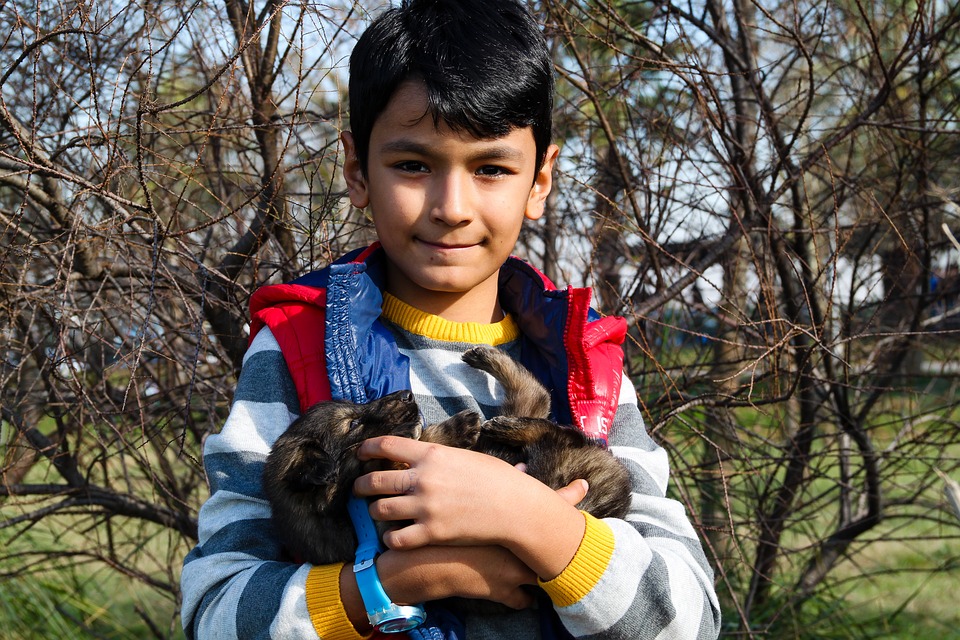A beautiful lawn is a goal for many homeowners. Some homeowners may find that lovely lawns may last momentarily, only to disappear when damage – be it pest-, weather- or child-related – sets in.
While well-established turf can be resilient, even the most well-maintained lawns can be vulnerable. Preventing lawn damage first involves getting to the root of the problem.
· Lack of sunlight: All plants need the proper ratio of sunlight to grow. Too much sunlight and plant blades can scorch. Too little sunlight and grass may turn brown and die. Although there are shade-tolerant varieties of grass, homeowners also can explore alternative landscapes. Work in a garden bed or create a design that utilizes gravel or mulch. Avoid aggressively pruning back trees to give the lawn more sunlight in that area, as this may just damage the trees.
· Chemical spills: Gasoline and fertilizer spills and pesticide applications in high concentrations can cause the lawn to yellow or brown in spots. Carefully refill lawn gas tanks and fertilizer spreaders on the sidewalk or driveway to avoid overflow onto the lawn. If spills occur, flood the area promptly with water to dilute.
· Foot traffic: Lawns can take a pounding from foot traffic, leading to compaction and spots of dead lawn. Try to redirect the traffic elsewhere to give worn down areas a break. Aeration can relieve soil compaction. If a certain area has become the de facto pathway, install a paver, gravel or concrete walkway in that spot.
· Debris: Leaving a tool, kids’ toys, piece of wood, or any debris on the lawn can quickly suffocate the grass beneath and cause the lawn to die quickly. Make sure that no items are left on the lawn for an extended period of time.
· Mowing patterns: Running the mower in the same pattern over and over can cause ruts in the grass that lead to damage, so avoid mowing in the same direction on consecutive cuts. Avoid mowing on very hot days or when the lawn is soggy. Both can cause tracks to form in the lawn.
· Mowers: Dull lawn mower blades can damage lawns, as can mowing too fast. Grass blades can be torn, snapped and more, resulting in brown spots.
· Wildlife: Animals and insects can destroy turf roots. Animals or insects may feed on the grass from underneath its surface, compromising the lawn’s ability to procure nutrients and water. Animals like moles or raccoons may feed on grubs in the lawn, and treating for grubs can alleviate torn-up turf.
Lawns can be hearty, but they’re also highly susceptible to damage. Even seemingly harmless things can compromise the integrity of a lawn. Understanding the causes of lawn damage can help homeowners protect their lawns.
GT174888






 Using a vegetable peeler, cut carrot and cucumber into thin ribbons. To heat naan, follow instructions on packet. In a small bowl, stir 1/2 cup yogurt, garlic and chopped mint together.
Using a vegetable peeler, cut carrot and cucumber into thin ribbons. To heat naan, follow instructions on packet. In a small bowl, stir 1/2 cup yogurt, garlic and chopped mint together.
 Data from a small study conducted by researchers at the Cummings School of Veterinary Medicine at Tufts University reported that adolescents who had animal experience were more likely to see themselves as important contributors to communities and more likely to take on leadership roles.
Data from a small study conducted by researchers at the Cummings School of Veterinary Medicine at Tufts University reported that adolescents who had animal experience were more likely to see themselves as important contributors to communities and more likely to take on leadership roles. A study from Dennis Ownby, MD, a pediatrician and head of the allergy and immunology department of the Medical College of Georgia, found that having multiple pets decreases a child’s risk of developing certain allergies. He found that the children who were exposed to two or more dogs or cats as babies were less than half as likely to develop common allergies as kids who had no pets in the home.
A study from Dennis Ownby, MD, a pediatrician and head of the allergy and immunology department of the Medical College of Georgia, found that having multiple pets decreases a child’s risk of developing certain allergies. He found that the children who were exposed to two or more dogs or cats as babies were less than half as likely to develop common allergies as kids who had no pets in the home.

 · Navigational tools:
· Navigational tools:




